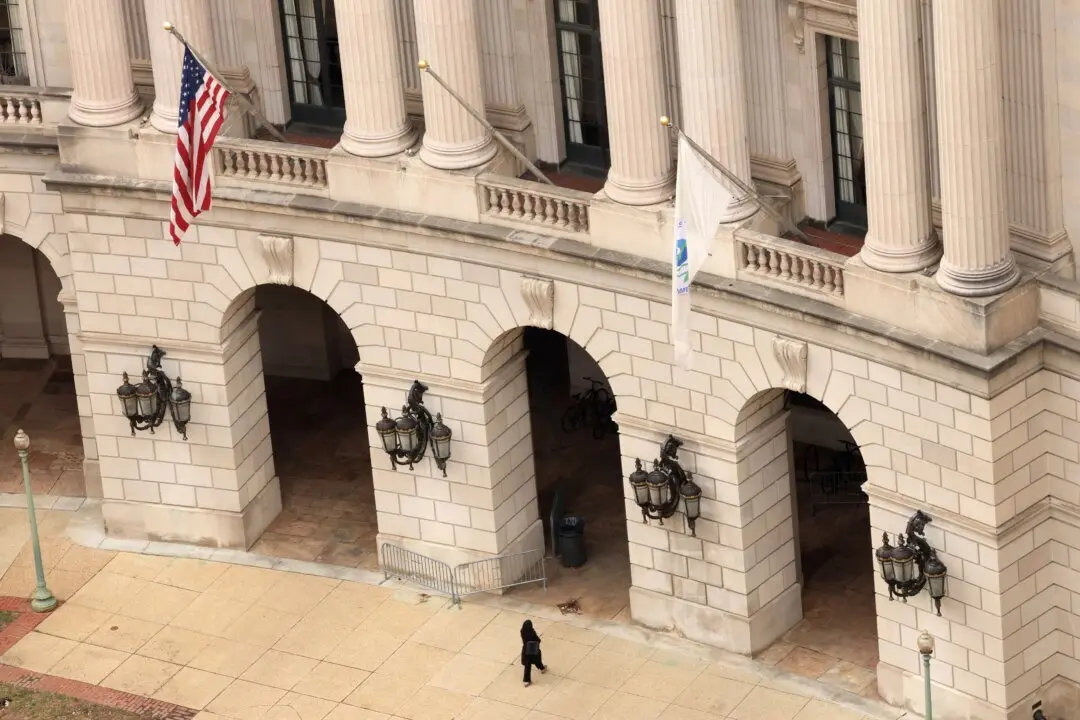The S&P 500 index closed slightly higher while the Dow dipped on Wednesday as investors grappled with mixed messages from Federal Reserve Chair Jerome Powell and U.S. economic data ahead of upcoming labor and inflation reports that are expected to determine the central bank’s future rate hiking path.
In his second day of testimony to Congress on Wednesday, Powell reaffirmed his message from Tuesday, of higher and potentially faster interest rate hikes. However, he suggested that the next rate hike decision hinges on data to be issued before the Fed’s March meeting.





